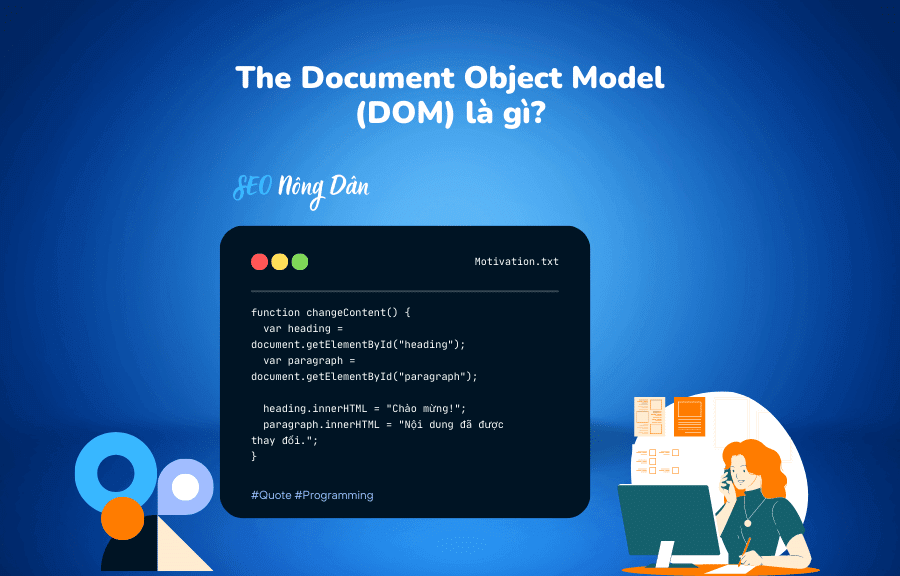De-index
When Google removes a website or webpage, either temporarily or permanently, from search results, specifically its search index. Google provides a Remove URLs tool in the Search Console for voluntary cases; however, a website may also be de-indexed as punishment for violating Google’s Webmaster Guidelines, in the form of a manual action. Also known as: […]
Dead-End Page
A webpage that links to no other webpages. So called because once a user or bot arrives on this page, there is no place to move forward.
Deep Link Ratio
When an internal link points directly to a page other than the homepage on a site, this is known as a deep link. The ratio of deep links compared to links to your homepage is known as deep link ratio. It is considered that having links directly to deep pages in a site indicates quality […]
Direct Traffic
In Google Analytics, users that navigate directly to the site by typing the URL directly into the browser or by clicking on a bookmark are known as direct traffic. Google will also include into direct traffic any traffic sources it doesn’t recognize.
Directory
A list of websites, usually separated by related categories and maintained by human editors. Depending on the directory, inclusion could be free or paid. In the past, links from directories were highly sought after (e.g., DMOZ), leading to widespread abuse and overall devaluing of this sort of link building. Also known as: Web Directory, Link […]
Disavow
If your link profile includes a high number of spammy, artificial, or low-quality inbound links that may be harming your rankings – and don’t have the ability to get them removed for a legitimate reason (e.g., the link exists on a site you have no control over) – you can use Google’s Disavow Tool tool […]
DOM
The Document Object Model (DOM) là gì? The Document Object Model (DOM) là một giao diện lập trình ứng dụng (API) cho HTML và XML, cho phép truy cập và thay đổi cấu trúc, nội dung và kiểu dáng của một trang web. Khi một trang web được tải lên trong trình duyệt, trình duyệt sẽ tạo ra một biểu diễn nội bộ của trang đó, gọi là DOM. DOM biểu diễn trang web dưới dạng một cấu trúc cây, trong đó mỗi phần tử HTML trên trang được biểu diễn bởi một nút trong cây. Những nút này có thể được truy cập, thay đổi và tương tác thông qua JavaScript hoặc bất kỳ ngôn ngữ lập trình nào hỗ trợ DOM API. DOM cho phép các nhà phát triển web tương tác với các phần tử HTML trên trang, thêm hoặc xóa phần tử, thay đổi nội dung và kiểu dáng, bắt sự kiện và thực hiện các hành động động dựa trên sự tương tác của người dùng. Các thao tác trên DOM có thể được sử dụng để tạo ra các trang web tương tác và động, cập nhật nội dung trang mà không cần tải lại trang hoặc tương tác với người dùng. DOM cung cấp một tập hợp các phương thức và thuộc tính để truy cập và thay đổi DOM. Các phần tử trên trang web có thể được tìm kiếm bằng cách sử dụng các phương thức như getElementById, querySelector hoặc getElementsByClassName. Sau đó, các thuộc tính và phương thức như innerHTML, setAttribute, appendChild có thể được sử dụng để thay đổi nội dung và cấu trúc của các phần tử. Tổng quan, DOM là một phần quan trọng của việc phát triển web tương tác, cho phép truy cập và thay đổi cấu trúc và nội dung của một trang web thông qua mã lập trình.

